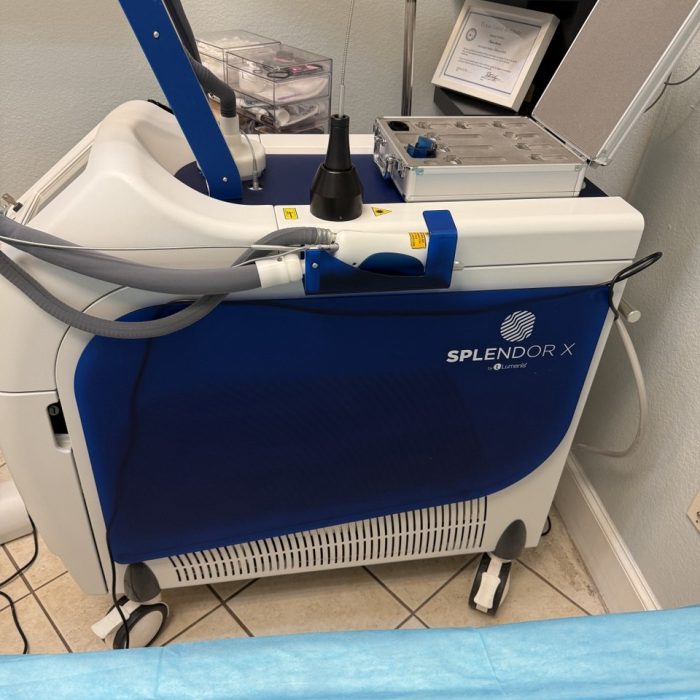Table of Contents
ToggleWho Is Prone to Spider Veins?
Spider veins, also known as telangiectasias, are small, dilated blood vessels that appear near the surface of the skin. They often form web-like patterns, hence the name, and are most commonly found on the legs and face. While they are generally considered a cosmetic issue, understanding who is prone to developing spider veins can help in both prevention and treatment. Here’s a comprehensive look at the factors that increase the likelihood of developing spider veins.
1. Genetics
One of the most significant factors in the development of spider veins is genetics. If your parents or close relatives have spider veins, you are more likely to develop them as well. This hereditary predisposition means that the structural integrity of your veins may be compromised, making you more susceptible to vein issues.
2. Age
As you age, the wear and tear on your veins increases. The valves in your veins that help regulate blood flow can weaken over time, leading to blood pooling and the formation of spider veins. Individuals over the age of 50 are particularly prone to developing spider veins due to the natural aging process.
3. Gender
Women are significantly more likely to develop spider veins than men. This is largely due to hormonal factors. Hormonal changes that occur during puberty, pregnancy, menopause, and even with the use of birth control pills can affect vein health. Estrogen, in particular, can weaken vein walls, making women more prone to developing spider veins.
4. Pregnancy
Pregnancy is a critical time when women are at increased risk for spider veins. The increased volume of blood in the body, coupled with the pressure of the growing uterus on the veins in the legs, can lead to the formation of spider veins. Additionally, hormonal changes during pregnancy can also contribute to vein weakness.

5. Occupation and Lifestyle
Occupations that require long periods of standing or sitting can contribute to the development of spider veins. Jobs such as teaching, nursing, or retail work, where you are on your feet for extended periods, increase the pressure on leg veins. Similarly, sedentary jobs that require long hours of sitting can impede blood circulation, leading to spider veins.
6. Obesity
Being overweight puts extra pressure on your veins, particularly in the legs. This added pressure can weaken the vein walls and valves, leading to spider veins. Maintaining a healthy weight through diet and exercise can reduce your risk of developing these veins.
7. Sun Exposure
Excessive sun exposure can cause spider veins, especially on the face. The ultraviolet (UV) rays from the sun can damage the skin and underlying blood vessels, leading to the formation of spider veins. People with fair skin are particularly prone to this type of damage.
8. Previous Blood Clots or Vein Injuries
Individuals who have had blood clots or vein injuries in the past are at a higher risk of developing spider veins. These events can damage the vein valves and walls, leading to poor circulation and the formation of spider veins.
9. Hormonal Therapy
Hormonal treatments, such as hormone replacement therapy (HRT) during menopause, can increase the risk of developing spider veins. These treatments often involve the use of estrogen, which can weaken the veins and lead to the appearance of spider veins.
Spider veins can affect a wide range of people, but certain factors make some individuals more prone to developing them. Genetics, age, gender, pregnancy, occupation, obesity, sun exposure, previous vein injuries, and hormonal therapies all play a role in increasing the risk. Understanding these risk factors can help individuals take preventative measures to reduce their chances of developing spider veins. If you are concerned about spider veins, consider consulting with a healthcare professional to discuss your risk factors and explore potential treatment options.
Conclusion
It is important for people considering skin tag removal in plano , laser hair removal in plano ,microneedling in plano, Hydrafacial in plano, Microdermabrasion plano, Laser electrolysis plano, Nail Fungus plano, Rosacea Treatment in plano, Spider Vein Removal plano, Wrinkle Reduction in plano, Botox in plano, Hifu in plano, to undergo a full consultation with a qualified doctor or cosmetologist – Aesthetician Nasrin – to assess their suitability for this procedure and discuss their .
No comment yet, add your voice below!